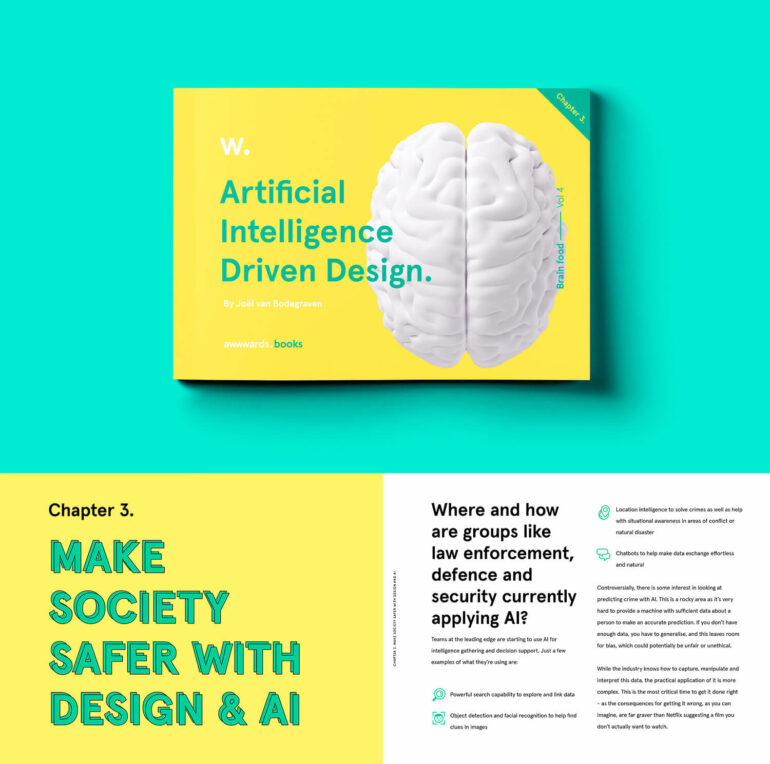Food recalls could be a thing of the past if artificial intelligence (AI) is utilized in food production, according to a recent study from UBC and the University of Guelph.
The average cost of a food recall due to bacterial or microbial contamination, like E. coli, is US$10 million according to study co-author Dr. Rickey Yada, a professor and the dean of the UBC faculty of land and food systems.
We spoke with Dr. Yada about how AI can help optimize the current systems used in the food processing industry, and how it can help make our food supply safer.
What are some of the current limitations when it comes to food processing?
The current challenge is that food safety problems tend to show up after the fact once the products have been shipped, sold, or in some cases already consumed. This then leads to recalls that are damaging both economically and reputationally.
There are currently two ways of obtaining food safety indicators. The first is analyzing data after a food product has been processed and is a final product to see if any problems emerge (also known as lagging factors), and the second is to collect data on warning indicators—such as the effectiveness of a food safety training exercises—and predict problems that may emerge from that (known as leading factors).
The challenge with lagging factors is that issues may only be noticed after the food product has already been sold and consumed.
How does AI provide a solution that can improve food safety?
I think the power of AI and machine learning is the predictive ability; it can help the food industry take steps earlier to reduce the occurrence of foodborne disease in their operations.
In this case, it’s about shifting the industry towards a data-driven approach. Using AI can increase precision and efficiency in food processing and can be a preventative method to help us streamline processes, which ultimately decreases the chances of more bacterial outbreaks in products.
What would this look like in practice?
If we optimize the data we have from current food processing systems with machine learning, it may make up for some of the limitations we face with getting food out the door. Currently, food processing machines generate data but then it’s often up to humans to sometimes interpret that data. For example, a machine’s job might be to filter out red apples from green apples, but then at the end of the line it’s up to a human to decide if it’s red enough or not. This might create inefficiencies in some scenarios.
The idea is to get machines to think like the human brain. So that the current errors and inefficiencies from human intervention—which may at times compromise food safety—can be predicted by AI and ultimately decreased or eliminated.
Another promising application is using AI to analyze the behavioral data of human workers in the processing line. In practice, this could mean workers fill in a quick, online weekly survey about their workplace culture. Natural language processing would then be used to analyze their answers and create a quantitative measure of food safety culture. The company could predict the likelihood of food safety issues by looking at the trends in food safety culture and combining them with the other food safety related data, and take timely steps to reduce the chance of an outbreak.
Would this mean that humans might eventually be replaced by machinery?
In this case it’s about finding a data-driven solution to how we can use artificial intelligence to blend human intervention with machine intervention. It is the blending of both those things that will allow us to have a stronger predictive model around food safety issues.
This study was published in the Trends in Food Science & Technology Journal.
More information:
Katya Kudashkina et al, Artificial Intelligence technology in food safety: A behavioral approach, Trends in Food Science & Technology (2022). DOI: 10.1016/j.tifs.2022.03.021
Provided by
University of British Columbia
Citation:
How artificial intelligence can make our food safer (2022, August 10)



